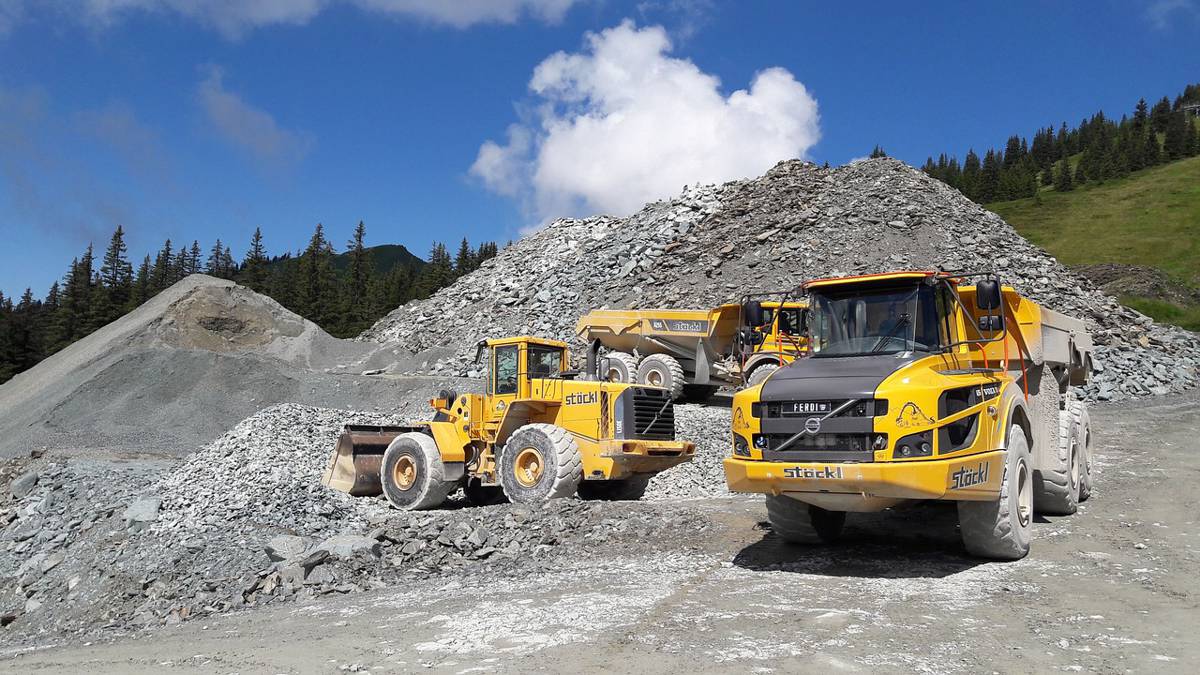The Covid-19 pandemic has affected the construction industry, but it can come out of this crisis stronger than ever, says McKinsey.
Engineering, construction, and building materials have a vital role to play in a post-pandemic recovery across communities and economies. And according to McKinsey’s report, which was written collaboratively by the global leaders of the McKinsey Engineering, Construction and Building (ECB) Materials Practice, seven actions can help companies be resilient in a changing world:
With no time to create the perfect road map for digitisation, organisations must implement proven practices for successful transformation urgently. For example, contractors should consider scaling up remote collaboration at the production stages. Distributors may need to rethink their entire fulfillment model and minimise face-to-face interactions. Engineering consultants could strengthen their BIM capability and other collaboration tools. Meanwhile, building materials manufacturers may need to ensure updated building-information modelling, and embrace e-commerce and digitally enabled remote sales.
Business leaders must invest proportionately in their culture to eliminate the risks linked to remote work – and reduce anxiety across the workforce around job security and productivity. Plus, there is no better time to upskill the entire workforce and implement training around new tools, technologies, and operating procedures.
Post-pandemic, construction prices could come under pressure. Companies should establish a central monitoring function that can rapidly identify and respond to resource-allocation needs across their entire portfolio. Organisations that have transparency across their portfolios are much better positioned to optimise sourcing and other needs.
Most players in the ECB space have scrutinised their supply chains for vulnerabilities due to the pandemic. Now’s the time to find ways to strengthen your network, such as building inventory, identifying back-up distribution channels, and recruiting direct labour to replace subcontractors. This could lead to greater consolidation, minimise risk and drive future productivity.
A post-crisis recovery requires ECB leaders to strategise their business priorities and make important choices around where to deploy capital, resources, and capabilities in the most economical way. For instance, you could bolster future high-growth segments by increasing funding and reallocating competencies, or refocus on your core business by exiting certain business areas.
Suppliers and subcontractors should look for elements and subsystems that can be pre-assembled in a controlled environment. Longer term, the industry could look for more significant elements of construction to build off site, such as frames and volumetric modules.
Customer preferences are evolving rapidly, including towards online retail, remote working, and more sustainable communities – and further shifts will surely emerge. Therefore, it’s more important than ever to stay close to your customers.
Highways Today focuses on how technology allows rental to be more efficient.
Learn moreLendlease’s plans for European construction sites feature in The Construction Index.
Learn moreIoT Business News reports on active off-highway vehicle telematics systems.
Learn moreOEM Off-Highway reports on advanced technologies used in heavy equipment.
Learn moreThe popularity of backhoe loaders continues writes ConExpo-Con/Agg 365 News.
Learn moreOEM Off-Highway runs a report from FederUnacoma on the Italian Ag equipment recovery.
Learn moreThe Construction Index features hire chain Speedy’s investment in fuel management.
Learn moreMany heavy equipment industries improved in quarter four 2020 reports OEM Off-Highway.
Learn more












